Extension Cords That Create Fire Hazards
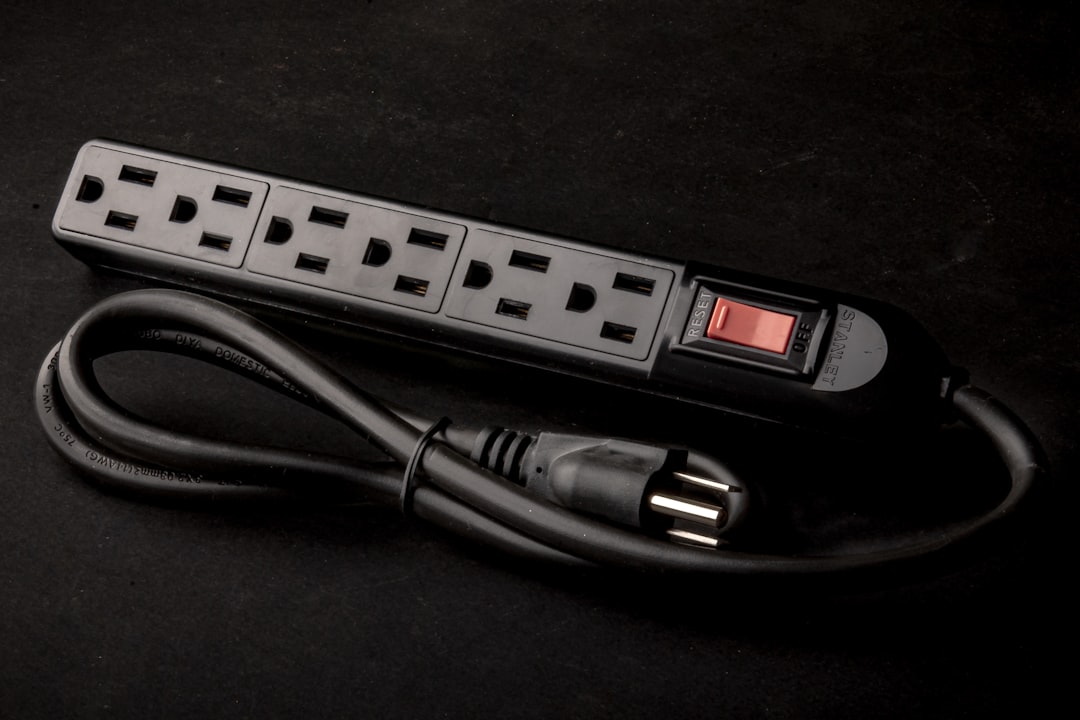
You might not realize that innocent-looking extension cord sprawled across your living room floor is actually a ticking time bomb. While an extension cord itself isn’t dangerous, the way they are commonly used is. Many people don’t realize there is a voltage capacity, and plug in as much as they can – creating a huge fire hazard. This, coupled with using worn out cords and running them under furniture and carpets, is why extension cords are a leading cause of fire in the US.
Safety experts consistently warn against treating extension cords as permanent solutions. The thin wiring inside these temporary power strips can overheat when overloaded, especially when people daisy-chain multiple cords together. It’s like asking a garden hose to handle the pressure of a fire hydrant – eventually, something’s going to give.
Expired Fire Extinguishers and Smoke Detectors
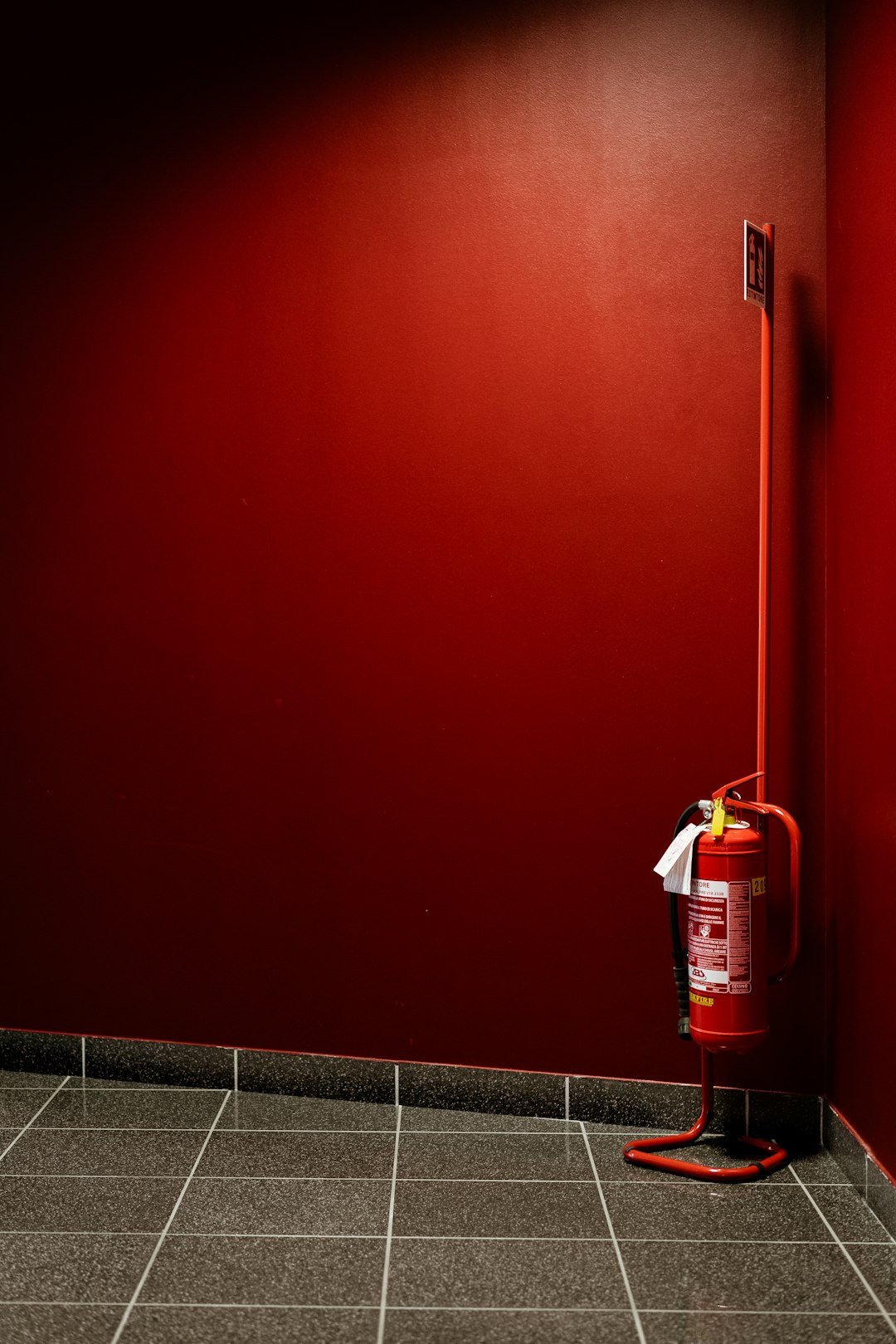
Although most fire extinguishers last several years, don’t take that guideline as a guarantee that an extinguisher you’ve had lying around for a few years will work when you need it. Household fire extinguishers come with a pressure gauge that indicates whether the unit is operational or not. If the gauge is in the red zone, the extinguisher may not be functional and should be disposed of properly. These safety devices are your first line of defense against disasters, but they’re useless if they’ve lost their effectiveness.
Even if you regularly replace the batteries in these essential home safety items, smoke detectors and carbon monoxide detectors can lose effectiveness over time. Manufacturers generally recommend replacing these units every 10 years. Check the manufacturing date printed on the device to determine a detector’s age, and replace if necessary.
Non-Stick Cookware Releasing Toxic Gases
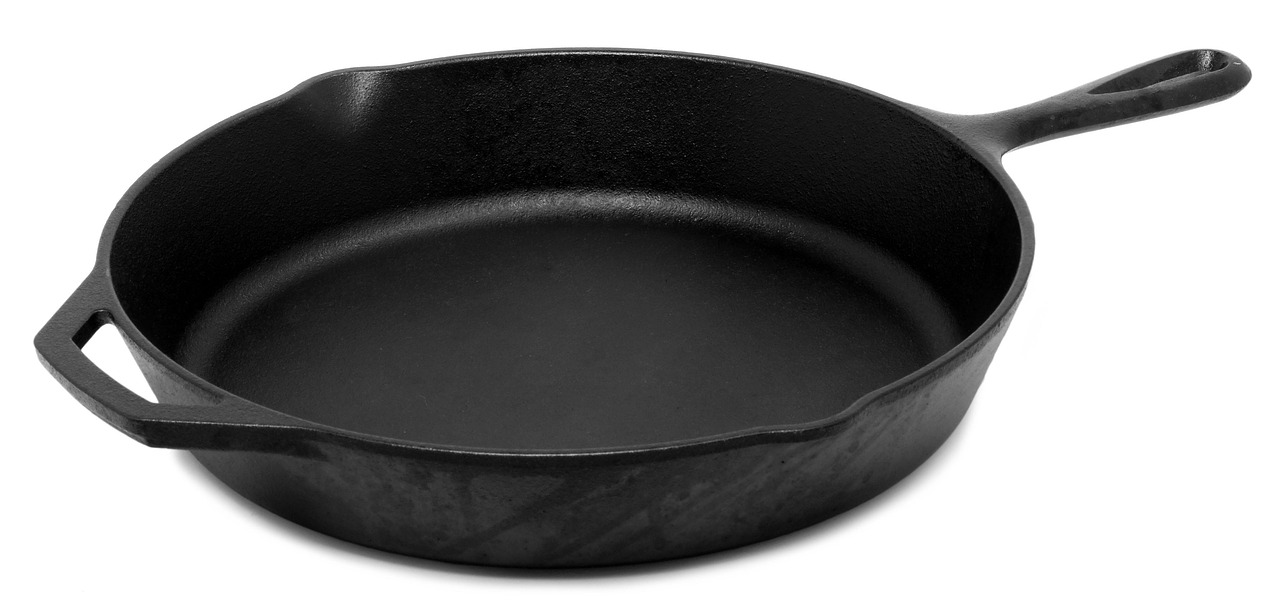
While it’s nice not to have to soak your pans overnight or scrape off burnt-on food, the ease of non-stick cookware comes with a price – your safety. Polytetrafluoroethylene, the coating that makes products “non-stick” is releases gases when heated, all of which have been linked to putting humans at higher risk for cancer and other harmful health effects. Health professionals now recommend ditching these seemingly convenient cooking tools.
Certain PFCs, like those used to make Teflon, are being phased out of use in the U.S. But some older household items, like nonstick pans, may still contain them. If you have an older nonstick pan that is dinged and worn out, try to replace it. The scratches and wear patterns you see on that trusty old frying pan aren’t just cosmetic issues – they’re warning signs that toxic chemicals might be leaching into your food.
Cleaning Products with Hidden Chemical Dangers
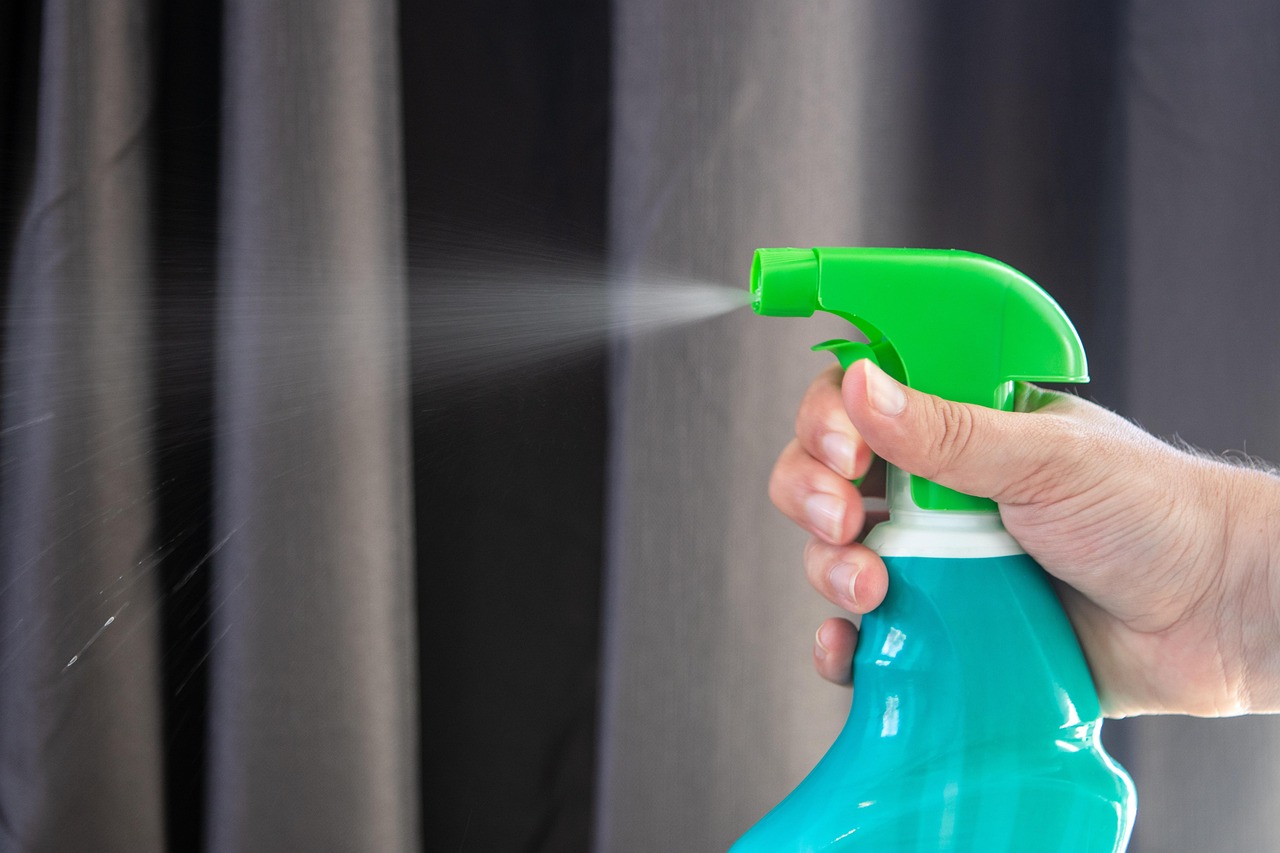
Cleaning products such as all-purpose cleaners, oven cleaners, and window and glass cleaners also made the Cleveland Clinic’s list of household items that can contain harmful chemicals. The Cleveland Clinic notes: “Depending on the ingredients used, all-purpose cleaners can irritate the skin, eyes, nose and throat. They can be highly poisonous to both humans and animals if swallowed.” The very products we use to make our homes “clean” might be making them more dangerous.
As the biggest offenders on the list, and the most commonly used, it’s no secret household cleaners contains hazardous toxins. What’s most concerning is it’s not required for cleaners to list their ingredients on the bottle, leaving consumers in the dark. Even those claiming to be “green” or “natural.” Think of it this way – would you drink something if you didn’t know what was in it?
Air Fresheners Disrupting Hormones
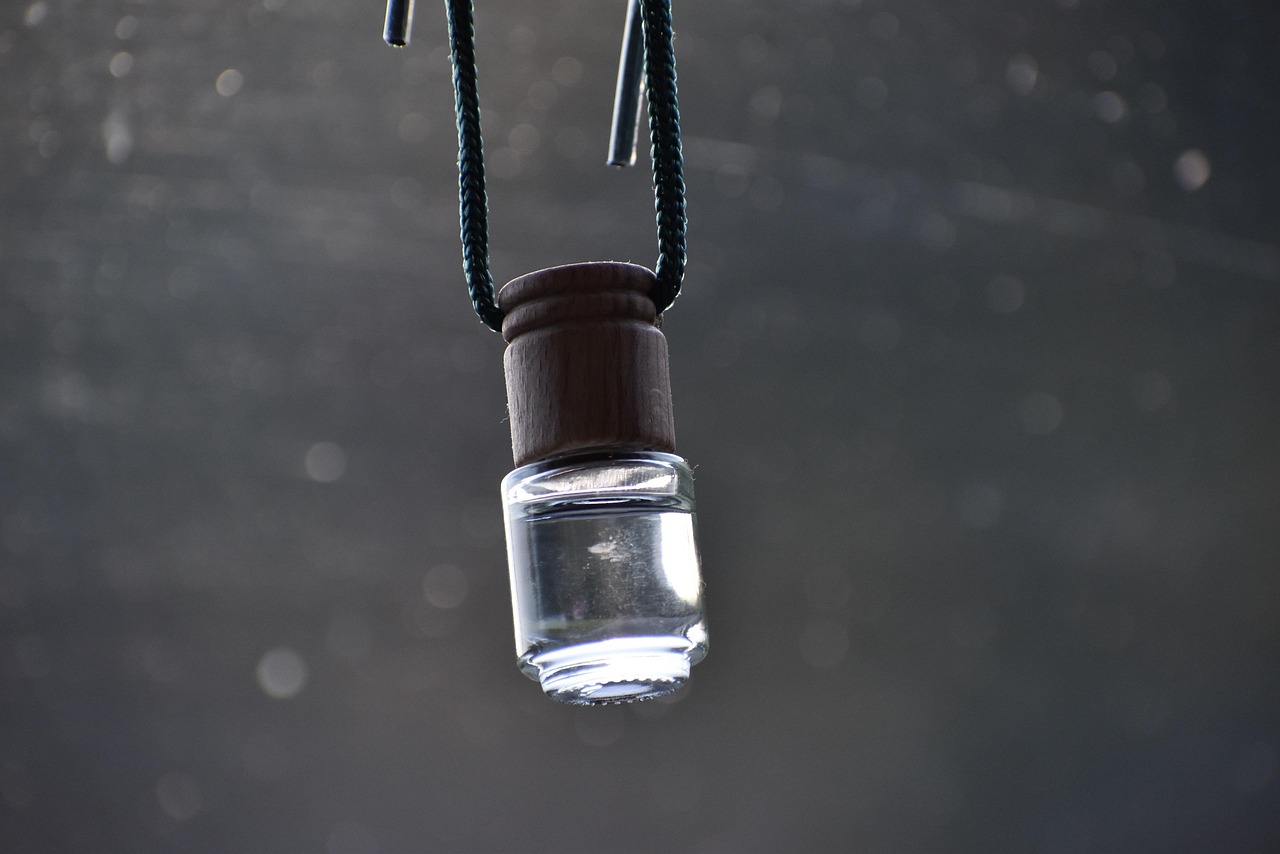
Many air fresheners contain a type of chemical known as phthalates as well as formaldehyde. Phthalates are known to interfere with the body’s production of testosterone and have been linked to reproductive abnormalities, says the nonprofit National Resources Defense Council. Formaldehyde has been linked to cancer. Those pleasant scents masking household odors could be creating much bigger health problems.
Toxins found in air fresheners can accumulate in the body over the time. According to the Natural Resources Defense Council those toxins may affect hormones and reproductive health especially in children. Instead of covering up odors with chemical sprays, professionals suggest addressing the source of the smell and improving ventilation.
Mothballs Containing Cancer-Causing Chemicals
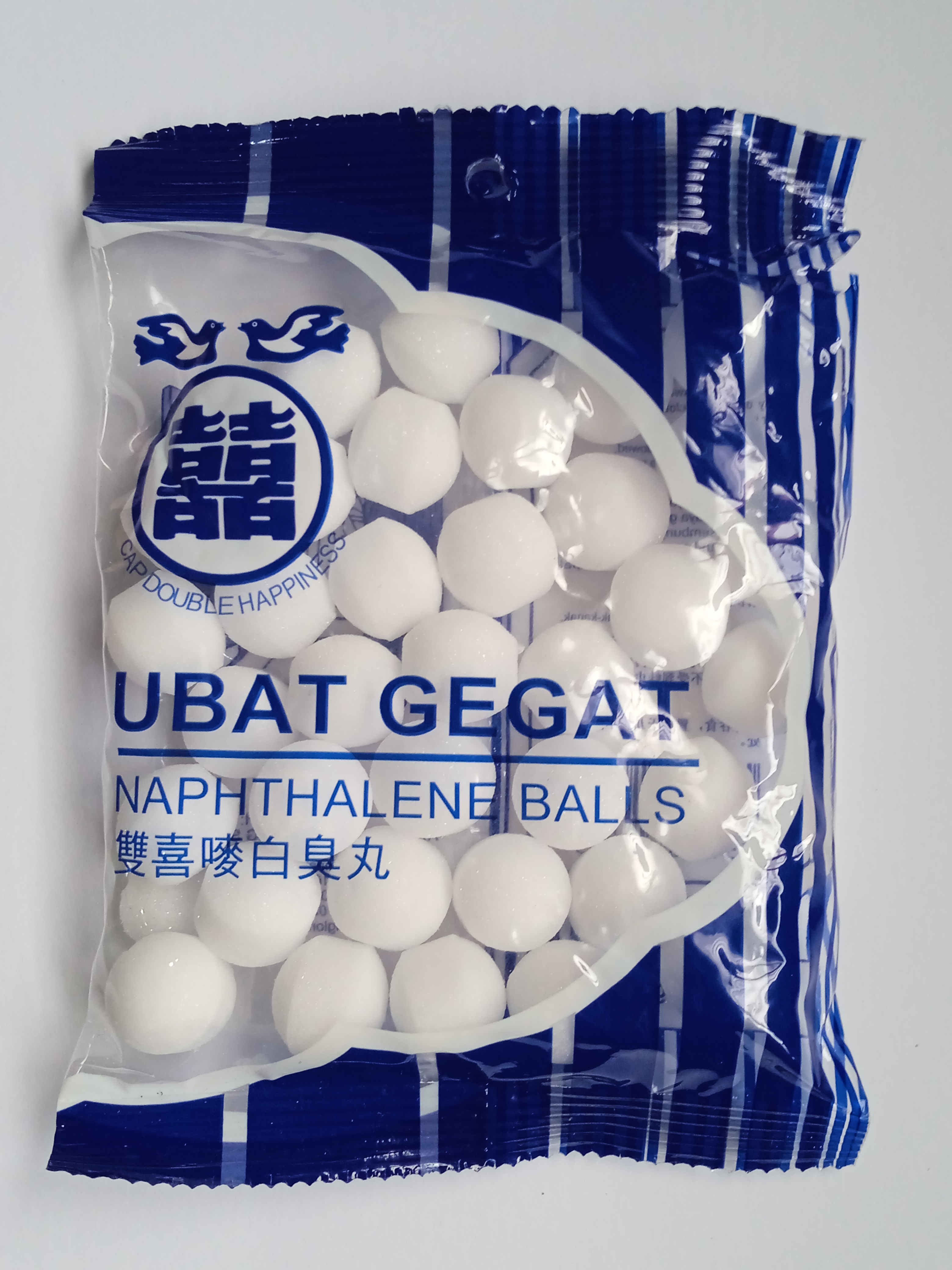
Mothballs’ candylike looks often tempt kids to pop them in their mouths. But they’re full of pesticides, and their fumes can cause dizziness and headaches. They’re also a cancer risk and could lead to anemia if you swallow them. These small white balls might seem harmless, but they’re essentially pesticide pellets sitting in your closet.
Naphthalene, found in mothballs and products alike, can destroy red blood cells and has been proven to cause cancer in animals but has not yet been proven to cause cancer in humans. Health experts recommend switching to cedar blocks, lavender sachets, or airtight storage containers instead of these toxic alternatives.
Expired Medications Becoming Dangerous
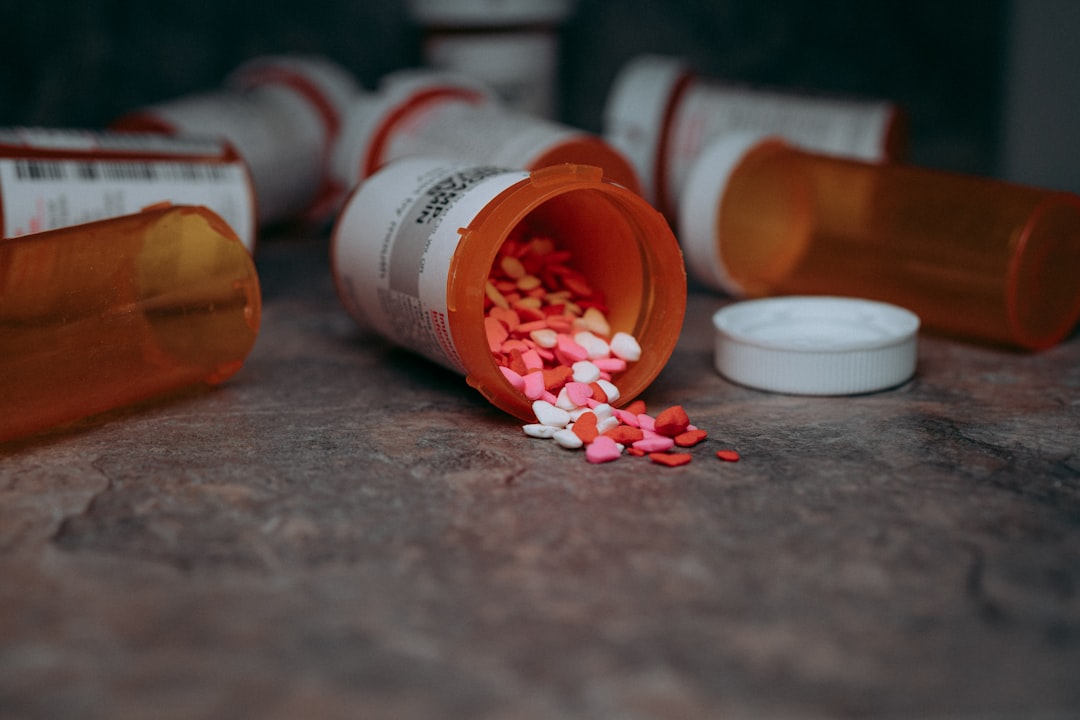
Medication is sensitive to moisture and air, and as a result, it will lose effectiveness over time. Some drugs can even become dangerous if used after their expiration date. According to the U.S. Food and Drug Administration, the chemicals used in many medications break down and change over time, becoming less effective – or, in the case of certain drugs, potentially toxic. Always check expiration dates before you medicate, and safely discard any medicines that are past their prime.
Of the two million poison exposures that are reported every year in the United States, roughly 90 percent occur in the home. Some over-the-counter products-aspirin, for example-can be lethal in children if large amounts are consumed. Even nutritional supplements can be toxic when taken in excessive amounts. Every year, several children die of iron poisoning after consuming large amounts of vitamins left out by parents who did not appreciate the danger.
Antibacterial Soaps That May Do More Harm Than Good
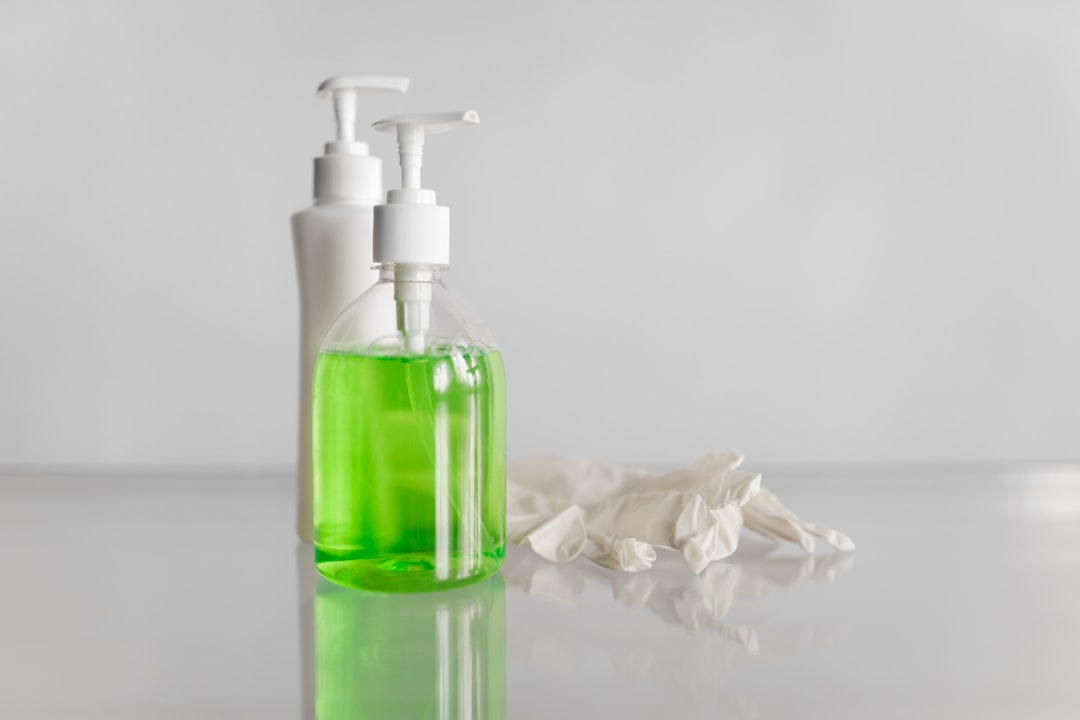
For many years antibacterial soaps were assumed the “better” way to ward of harmful diseases and bacteria. However the triclosoan and triclorcarbon is actually harmful. The irony is striking – products designed to protect us from germs might be creating bigger health risks than the bacteria they’re supposed to eliminate.
Regular soap and water work just as effectively at removing germs without the potential health risks. The overuse of antibacterial products has also contributed to the development of antibiotic-resistant bacteria, making our global fight against infections more difficult.
Drain Cleaners with Corrosive Ingredients

Lye and sulfuric acid are the main ingredients in drain cleaners. They’ll get rid of clogs, but the fumes could also burn your skin and eyes and even damage your digestive tract, kidneys, and liver. Swallowing drain cleaner can kill you. These products are so caustic that they can literally burn through pipes – imagine what they could do to human tissue.
Many of these cleaners contain corrosive alkalis, which can have grave effects on your gastrointestinal track and respiratory system if inhaled or ingested. Professional plumbers often recommend mechanical methods like drain snakes or enzymatic cleaners as safer alternatives.
Old Sunscreen That Won’t Protect Your Skin
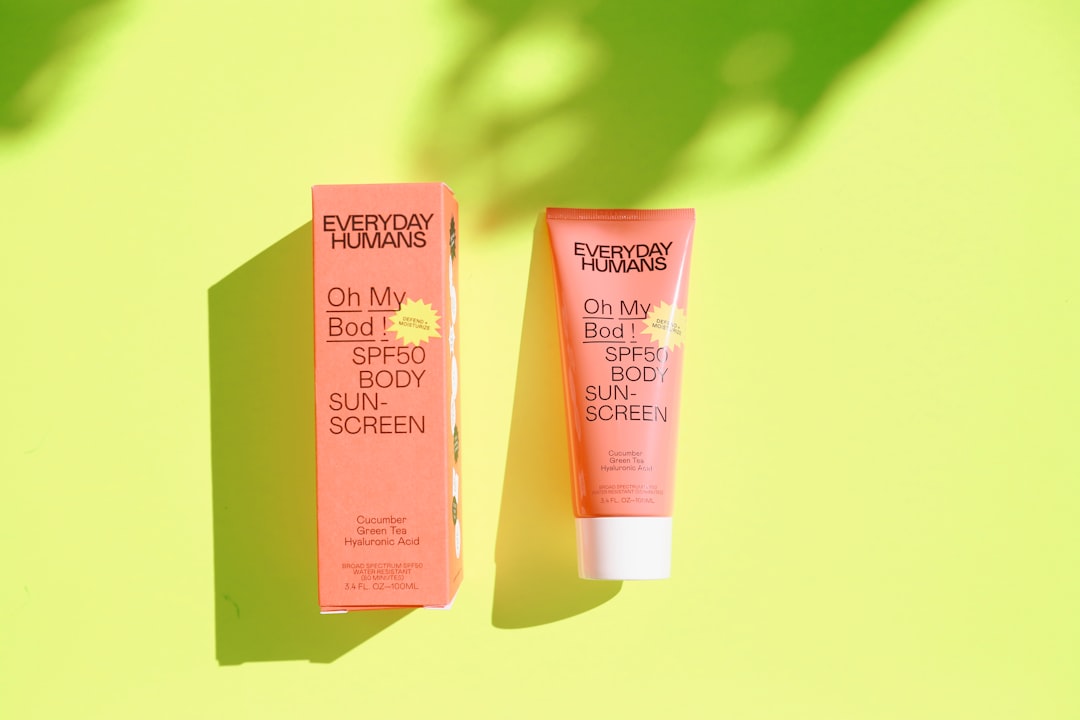
It might be tempting to use last summer’s bottle of sunscreen, but if you do, you could wind up with a nasty burn. Researchers at the Mayo Clinic found that most sunscreens last only three years, and many health professionals recommend buying a new bottle every year. Many bottles do have printed expiration dates, but if yours doesn’t, write the purchase date on the bottle so you’ll know when it needs to go.
Two years seems like a long time but if you think about it, most of us don’t wear sunscreen during the colder months of the year. So, when you reach for the sunscreen once September hits, you should definitely be looking at the expiry date. Past its expiry date, sunscreen will stop being effective, which can definitely be detrimental to you and your family’s health. Using expired sunscreen is like wearing a winter coat with holes in it – you think you’re protected, but you’re actually vulnerable.
Furniture Polish with Skin-Absorbing Toxins

Non-vegetable, oil-based stains and polishes are not only extremely flammable but contain the chemicals phenol and nitrobenzene, which can be absorbed by your skin and can cause skin cancer. The glossy finish these products provide isn’t worth the health risks they pose.
They may contain formaldehyde, nitrobenzene, methylene chloride – suspected human carcinogens – and reproductive hormone disruptors and asthma inducers. Aerosols, detergents and furniture polish also may contain VOCs such as terpenes. The last reacts with ozone indoors to form formaldehyde, a known human carcinogen, reports the Environmental Working Group.
Expired Car Seats Losing Protection

The next time you see a car seat at a yard sale, pass it by. Car seats are designed to protect your infant or child in the event of a crash, but the protective materials degrade and compress over time, rendering them ineffective after 6 to 10 years. By law, all car seats must be stamped with the date of manufacture, typically found on the side or bottom of the seat. But a car seat’s age isn’t the only argument against buying used – previous damage can affect a seat’s performance and safety. To ensure safety and peace of mind, spring for a new car seat.
Safety professionals emphasize that this isn’t just about following rules – it’s about physics and chemistry. The plastic components become brittle, the foam loses its ability to absorb impact, and the straps weaken. When you’re protecting what matters most, there’s no room for compromise.
The truth about household safety is more complicated than most people realize. These everyday items sitting in our homes right now could be silently undermining our health or failing us when we need them most. The good news is that awareness is the first step toward making better choices. What would you have guessed was the biggest threat hiding in plain sight in your own home?
